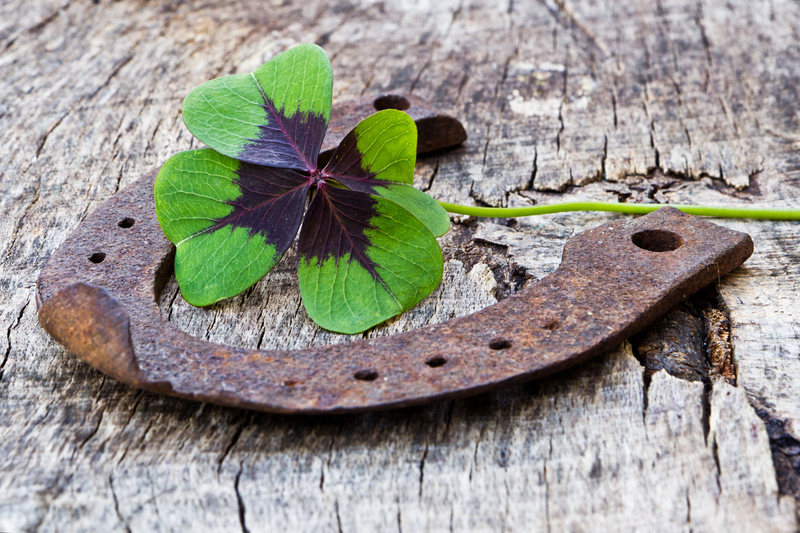Transporting Plants While Moving: Best Practices
Posted on 03/05/2025
Moving can be a daunting task, especially when it involves transporting delicate and precious cargo like your plants. Plants add beauty and a touch of nature to your home, and ensuring their safe journey to your new abode is crucial. In this guide, we'll discuss best practices for transporting plants while moving to ensure they stay healthy and vibrant throughout the process.
Planning Ahead for the Move
Proper planning is the key to successfully moving your plants. Start by researching the regulations related to plant transport in your destination area, as some states or regions have strict guidelines to prevent the spread of pests and diseases.
1. Evaluate Your Plants: Determine which plants are worth taking. If a plant is too large or not in great health, it may be better to leave it behind and start fresh.
2. Prune and Trim: About a week before the move, prune your plants to make them more manageable and to promote new growth. Remove any dead or damaged leaves.
3. Watering Schedule: Water your plants a couple of days before the move. Ensure they are not too drenched, as wet soil can lead to root rot during transport.

Choosing the Right Containers
Using the right containers can make a significant difference in the safe transport of your plants.
1. Lightweight Pots: If your plants are in heavy ceramic pots, consider repotting them into lightweight plastic ones for the move.
2. Secure Wrapping: For larger plants, wrap the pot with bubble wrap or an old towel to prevent breakage. Secure the plant itself with twine or soft ties to avoid damage.
3. Boxing Up: Use sturdy boxes with holes for ventilation. Place each potted plant inside a box, filling any empty space with packing material to keep the plants from shifting.
Transporting Small Plants and Seedlings
Smaller plants and seedlings require special care.
1. Tray Method: Place small plants and seedlings in a tray lined with dampened sphagnum moss to keep them moist.
2. Plastic Containers: Use plastic food containers with ventilation holes to create a mini-greenhouse effect for seedlings.
3. Protecting Leaves: Consider using pillowcases or paper towels to wrap around delicate leaves to prevent damage during transport.
Ensuring Safe Transportation
When it comes to transportation, how you position and protect your plants can greatly influence their health.
1. Vehicle Positioning: Place the plants in your vehicle where they'll be stable and won't topple over. Avoid the trunk, where temperatures can become too extreme.
2. Climate Control: Keep the interior of your vehicle at a moderate temperature. Avoid exposing the plants to extreme heat or cold.
3. Minimize Movement: Secure the boxes with bungee cords or other restraints to prevent them from sliding around.
Post-Move Care
Once you've reached your new home, your plants will need special care to recover from the move.
1. Unpacking: Unpack your plants as soon as possible. Remove any wrapping and check for damage.
2. Rehydrating: If the soil feels dry, water the plants. However, be cautious to not overwater them.
3. Settling In: Place the plants in their new spots gradually. Give them time to acclimate to the new environment.
Pros and Cons of Transporting Plants
Pros:
- Maintains a sense of continuity and familiarity in your new home.
- Potential cost savings compared to buying new plants.
- Emotional attachment to your plants.
Cons:
- Risk of plant damage or loss during the move.
- Additional time and effort required for preparation and transport.
- Potential regulatory issues in certain regions.
Tips for a Successful Plant Move
1. Label all boxes containing plants to ensure they are handled with care.
2. Consider the timing of your move; avoid extreme weather conditions.
3. Communicate with movers about your plants and ensure they are aware of the need for gentle handling.

Takeaways
1. Plan and prepare your plants well in advance of the move.
2. Use appropriate containers and wrapping to protect your plants during transport.
3. Ensure a stable and climate-controlled environment during the move.
4. Give your plants the necessary care and time to adjust to their new surroundings.
Conclusion
Transporting plants while moving can be a challenging, yet rewarding task. By following these best practices, you'll increase the chances of your plants arriving healthy and ready to brighten up your new home. Proper preparation, careful transport, and thoughtful post-move care are key to a successful plant relocation. With a little bit of effort, you can ensure that your green companions continue to thrive in your new space.







